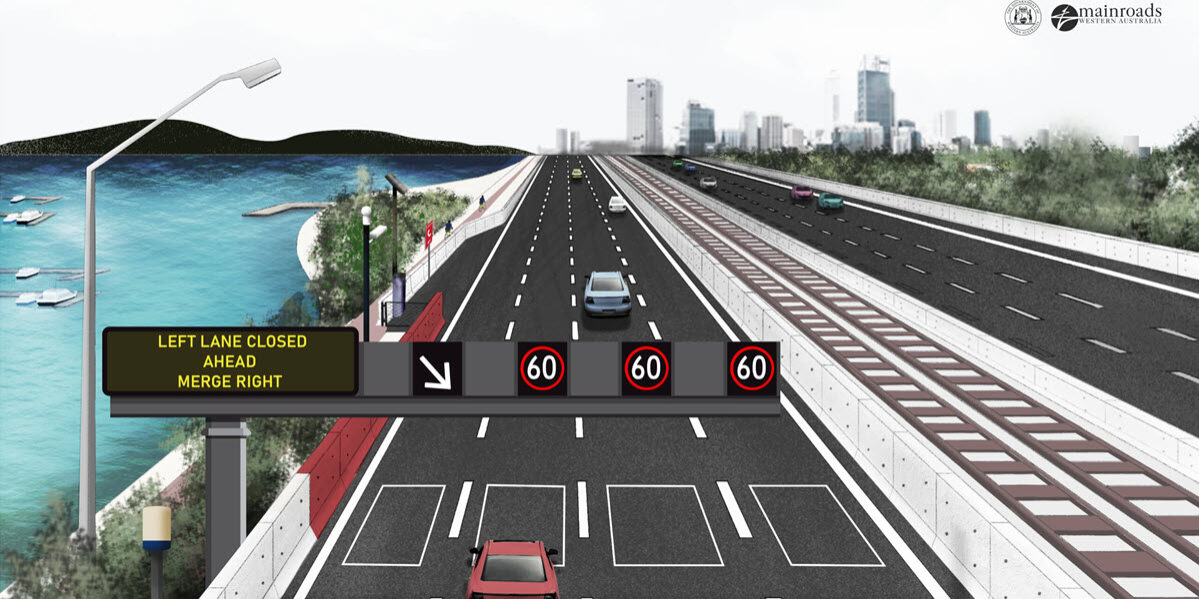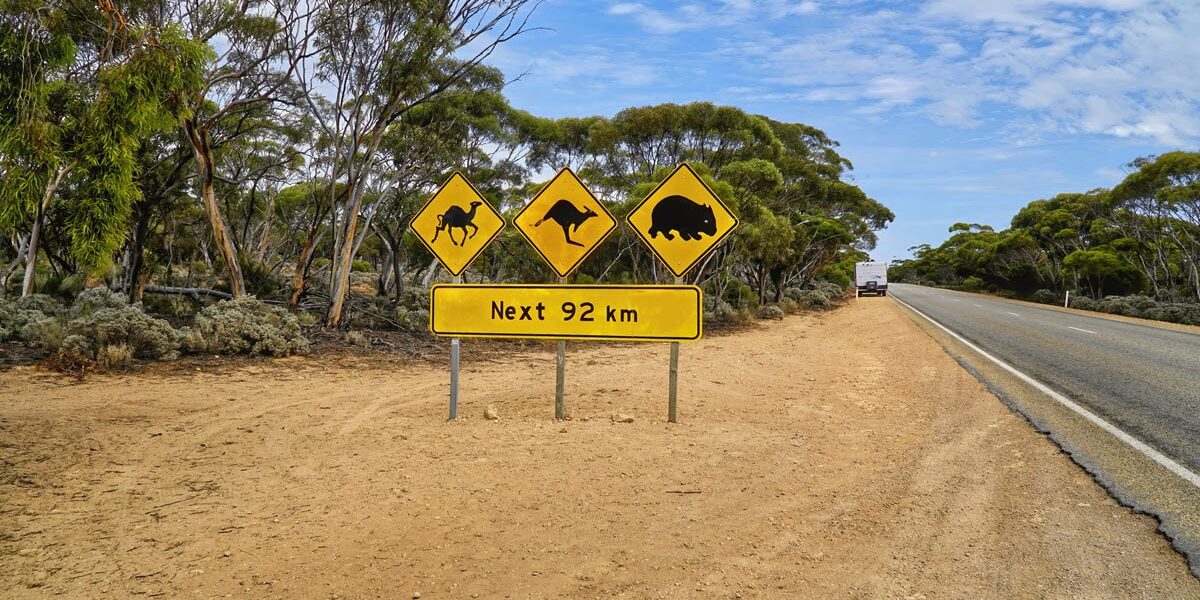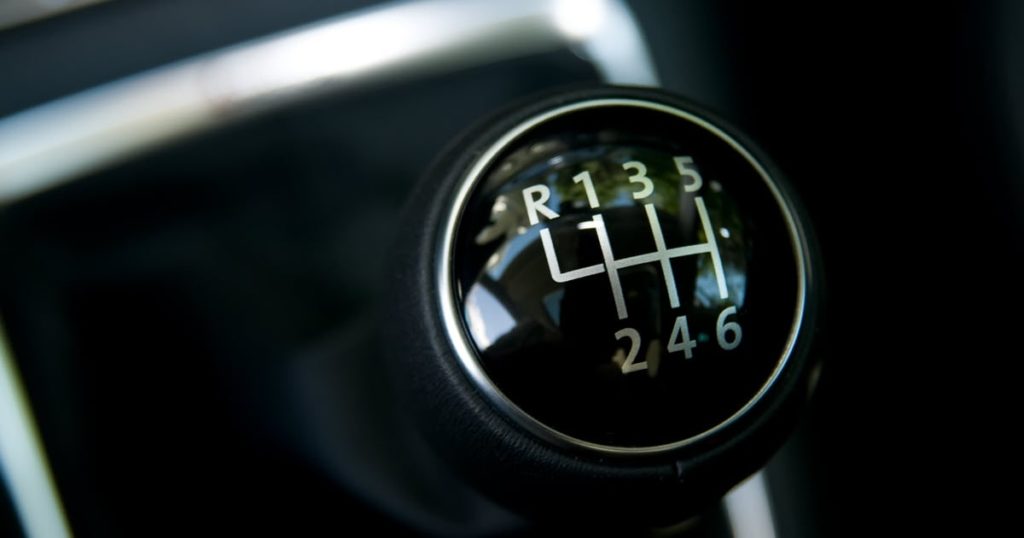
It used to be that manual cars dominated the road, but automatic transmission is becoming more and more popular. This is especially true with the rise of automatic electric vehicles.
However, regardless of your preference for driving, you should still consider getting your manual driving licence in case you ever need to drive one, for a job or when borrowing a friend or family member’s car.
Learning to change gears in a manual car with a clutch pedal can be tricky at first. It takes time and patience to understand how to balance the acceleration, brake and clutch pedals, without stalling your vehicle. That’s why we’ve put together this handy guide on how to change gears in a manual car.
We also offer manual driving lessons for learners hoping to master the skill.
First, though, let’s look at the difference between a manual transmission and an automatic transmission.
What is a manual or automatic transmission?
With a manual transmission, you’re in charge of changing gears as your vehicle accelerates and decelerates. When you depress the clutch pedal, you disengage the transmission, or gearbox, from the car’s engine.
This temporarily severs the connection between your car’s engine and its wheels, allowing you to select a new gear.
Of course, you won’t see all of this happening. Instead, you simply depress the clutch pedal, shift the gear stick up or down, as required, and slowly release the clutch as you apply the accelerator. While different cars require different degrees of pressure or speed when changing gears, it’s a process that you’ll get used to fairly quickly.
Automatic transmission relies instead on onboard computers and hydraulic fluid, which change gears as needed without any driver intervention. With an automatic vehicle, you’ll typically only have three options: drive, reverse and neutral. This massively simplifies the process of driving and has some benefits, which we’ll cover below.
Automatic vs manual transmission: which is better?
It’s an argument that’s as old as the automatic transmission itself, and you’ll find that different drivers have different preferences. Here’s a quick rundown of the pros and cons of choosing automatic transmission over manual transmission:
Pros
- Simpler to drive: With an automatic transmission, once you’ve selected your “D” (drive) gear, there’s no need to worry about changing gears at all until you park or need to reverse.
- Easier to navigate through traffic: Getting stuck in traffic is dull, and constantly changing gears every time you start and stop can become tiresome. With an automatic transmission, you’ll be able to focus on navigating through traffic and junctions safely.
- A smoother journey: With an automatic transmission, you won’t get any sudden jerks from executing a gear change poorly, and you won’t be likely to stall the car.
Cons
- More expensive: Automatic vehicles tend to be more expensive. What’s more, while an automatic transmission will typically wear out less quickly, they’re usually more expensive to maintain or replace.
- Less of a thrill to drive: Some people simply enjoy the experience of shifting gears themselves. This is something you might be more likely to notice if you buy a powerful sports car, for example.
You should also bear in mind that if you pass your Practical Driving Assessment in an automatic car, you’ll only ever be able to drive automatic vehicles. So, if you’re going to invest time and money into getting your Australian driver’s licence, you should give serious thought to driving a manual car in your test.
To help, we’ve explained how to change gears in manual cars.
How to change gears in a manual car
- Keep the clutch pedal pressed and check you’re in neutral. Before you start your engine, you should depress the clutch with your left foot. Then, ensure that your gear stick is in neutral. In most cars, neutral will be in the middle, between the gear selectors.
- Now, you can start the engine. With the clutch still depressed, use your right foot to depress the brake while you select the first gear. Applying the brake ensures that you won’t roll as soon as the engine is started.
- Disengage your handbrake (or e-brake). Again, your foot should remain on the brake pedal to avoid rolling. If it’s a manual handbrake, press down on the release button and pull the handbrake up slightly to release it, before lowering the lever into the disengaged position. If you try to immediately force the lever down, it won’t go anywhere.
- Begin to release the clutch pedal while starting to accelerate. You should move your right foot from the brake pedal to the accelerator pedal. The key here is not to release the clutch or accelerate too quickly. You’ll know if you’ve released the clutch too quickly, as the vehicle will lurch forward or may stall. Similarly, too much acceleration too soon will result in high RPMs without any movement.
- Feel for the “biting point”. This is a common term for the moment that the car’s plates make contact and begin to move power from the engine to the axle of the wheels. You’ll feel some movement as the plates connect and begin to drive the car forward.
- Begin to gather speed once you’ve fully released the clutch and brake. Listen to the RPM (revolutions per minute, or “revs”) as you pick up speed. You’ll quickly understand when your car wants to change gear, but for now, you should switch to gear 2 at around 16-32km/h (kilometres per hour).
- For each gear change, smoothly release the accelerator as you depress the clutch. Make your gear change, before fluidly releasing the clutch then using the accelerator pedal to maintain the desired speed.
- When approaching an obstacle or junction, keep an eye on your RPM. You should shift down through the gears whenever you reach around 1,500 RPM. Again, this will rapidly become second nature as you listen to your car’s engine.
- For each gear change, you simply move down through the gears. Think of it as if you’re counting down from 5 (or more, depending on your car’s engine).
- When stopping quickly, remove your right foot from the accelerator and depress the brake and clutch. Change down through the gears as you slow down. You shouldn’t be tempted to keep the clutch depressed, as this reduces your braking power and will leave the car “coasting”. If you do this during your test, you’ll likely be failed by the instructor.
If you follow the steps above, we promise you’ll gain confidence. Soon, you’ll be changing gears without even thinking twice about it. However, while experience will see you changing gears like a pro, learning the ropes by yourself can be tricky.
The importance of driving lessons can’t be understated.
They’re essential for passing your Practical Driving Assessment, as you’ll have to learn the good driving habits and proper manoeuvres that instructors look for. Attempting to learn solely from an experienced driver simply isn’t enough in itself, as you’re likely to pick up bad habits that can come from years of driving independently.
If you’re ready to learn how to drive a manual car, you’ll want to hire a professional manual vehicle instructor to help you master the manual transmission and pass your Practical Driving Assessment the first time.




